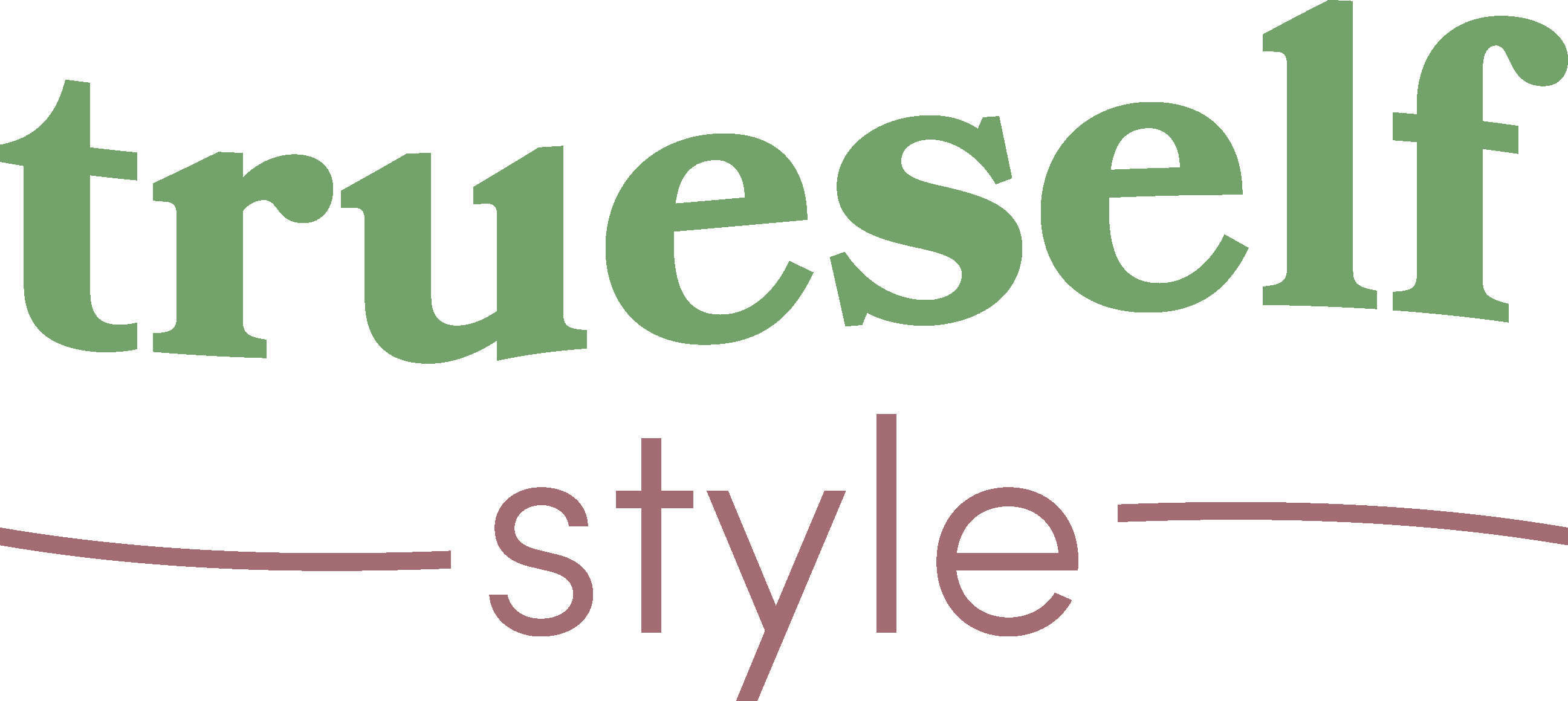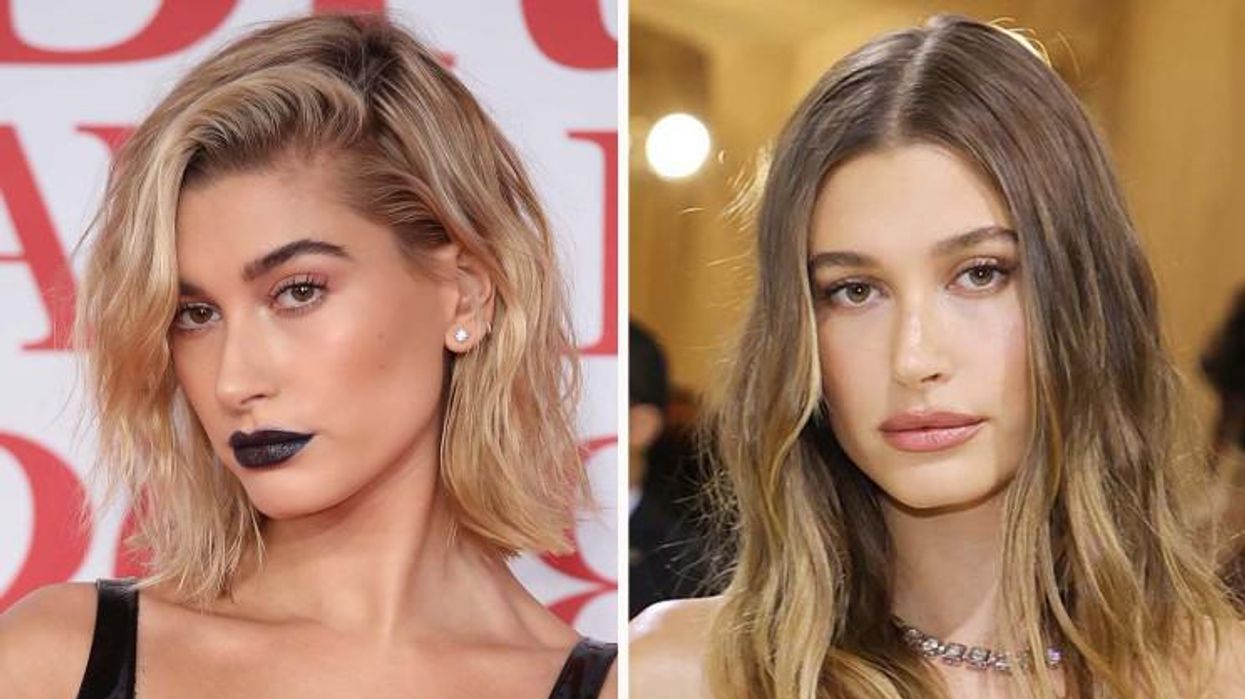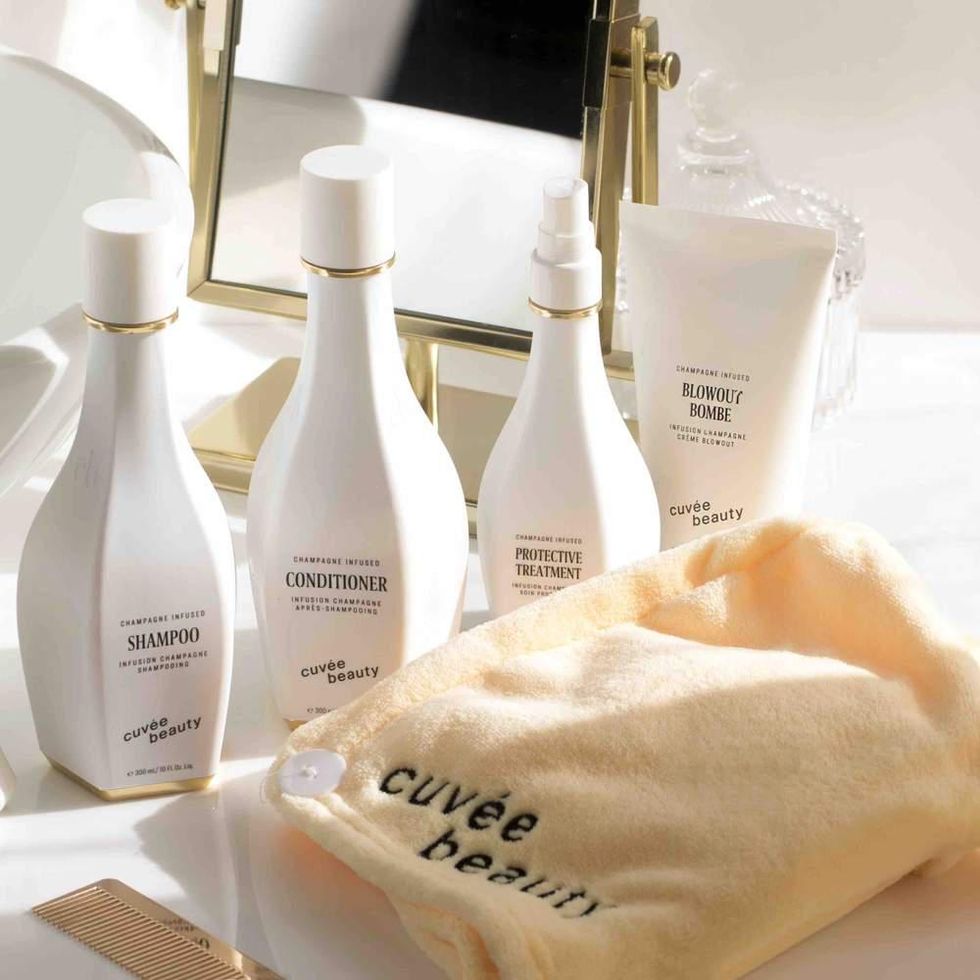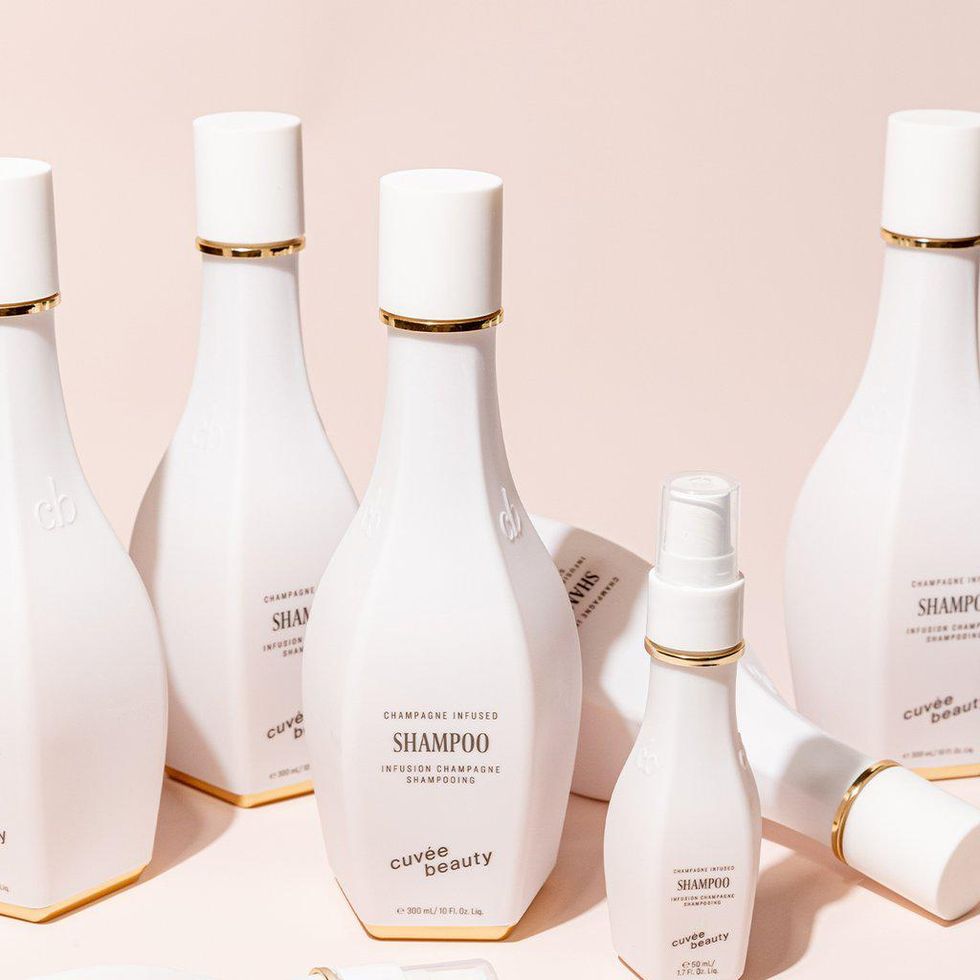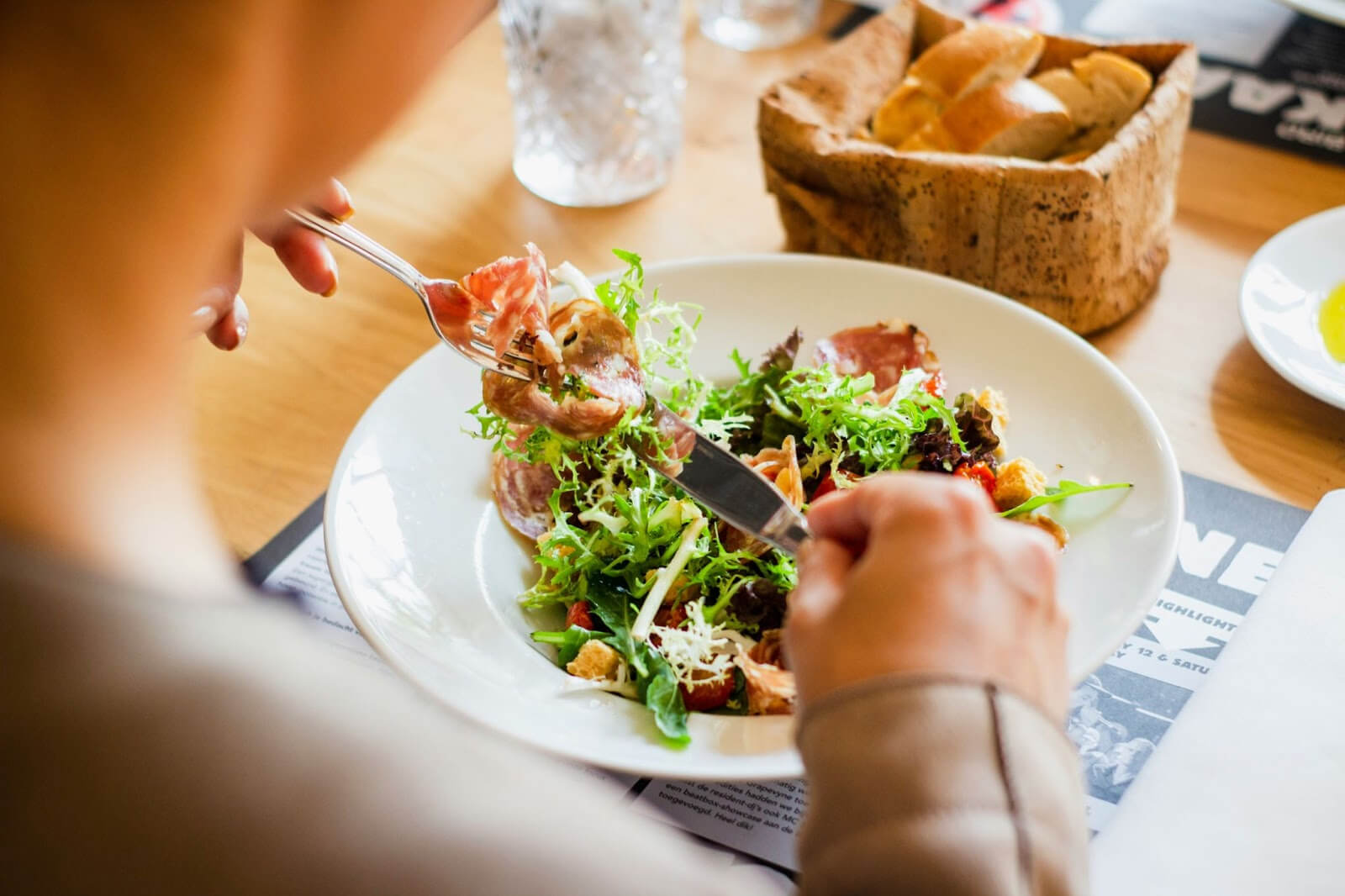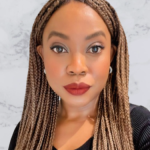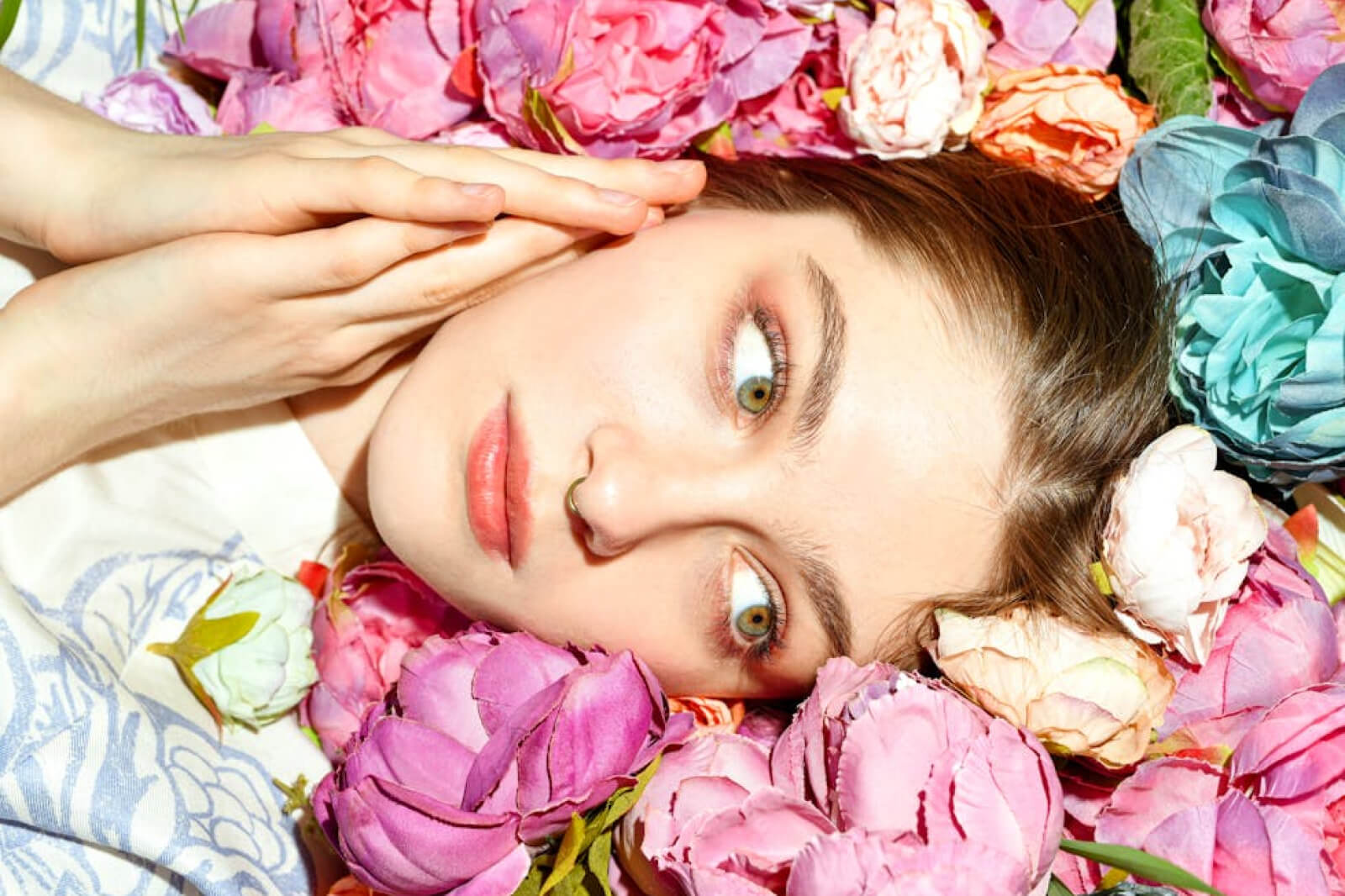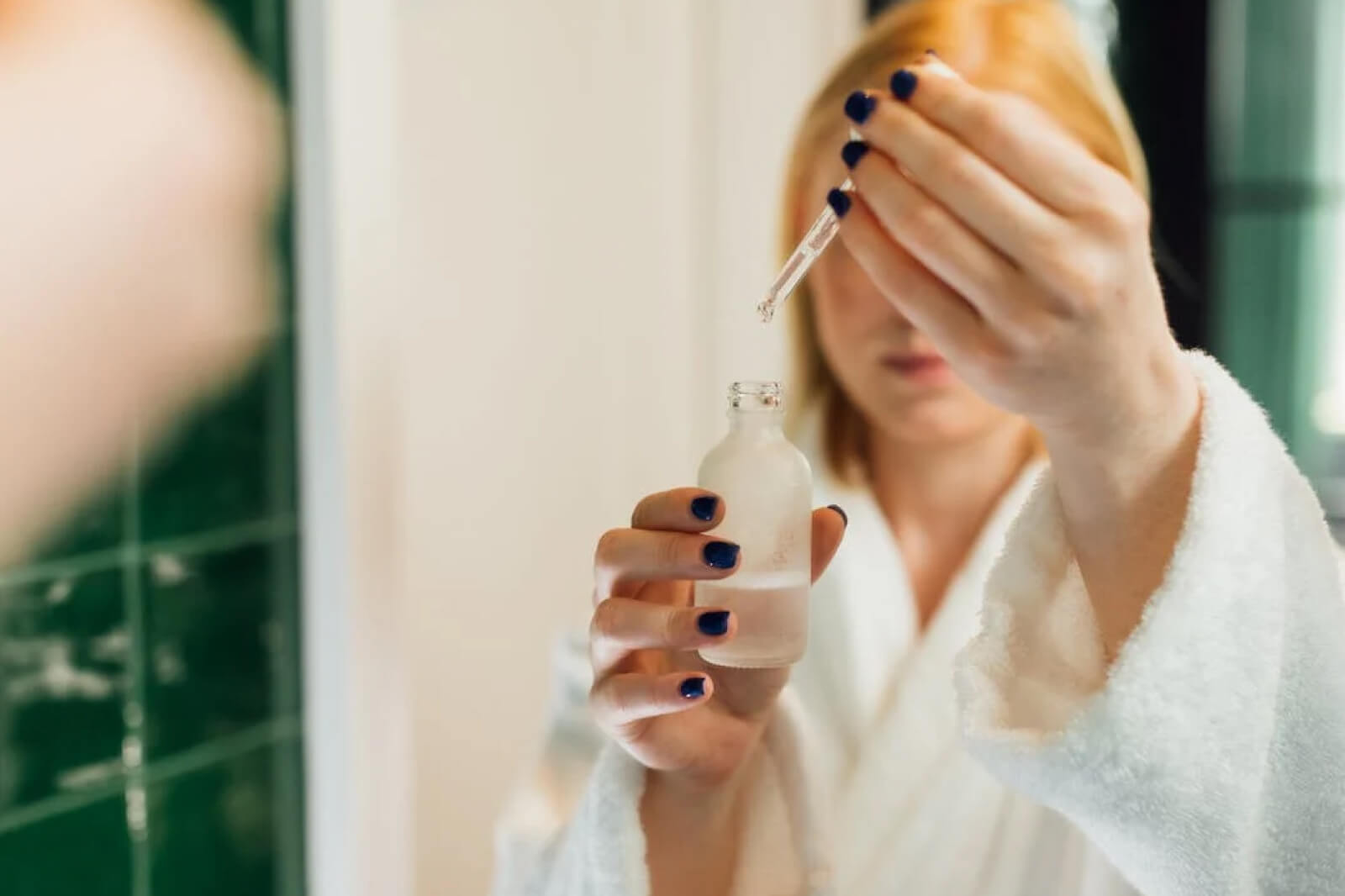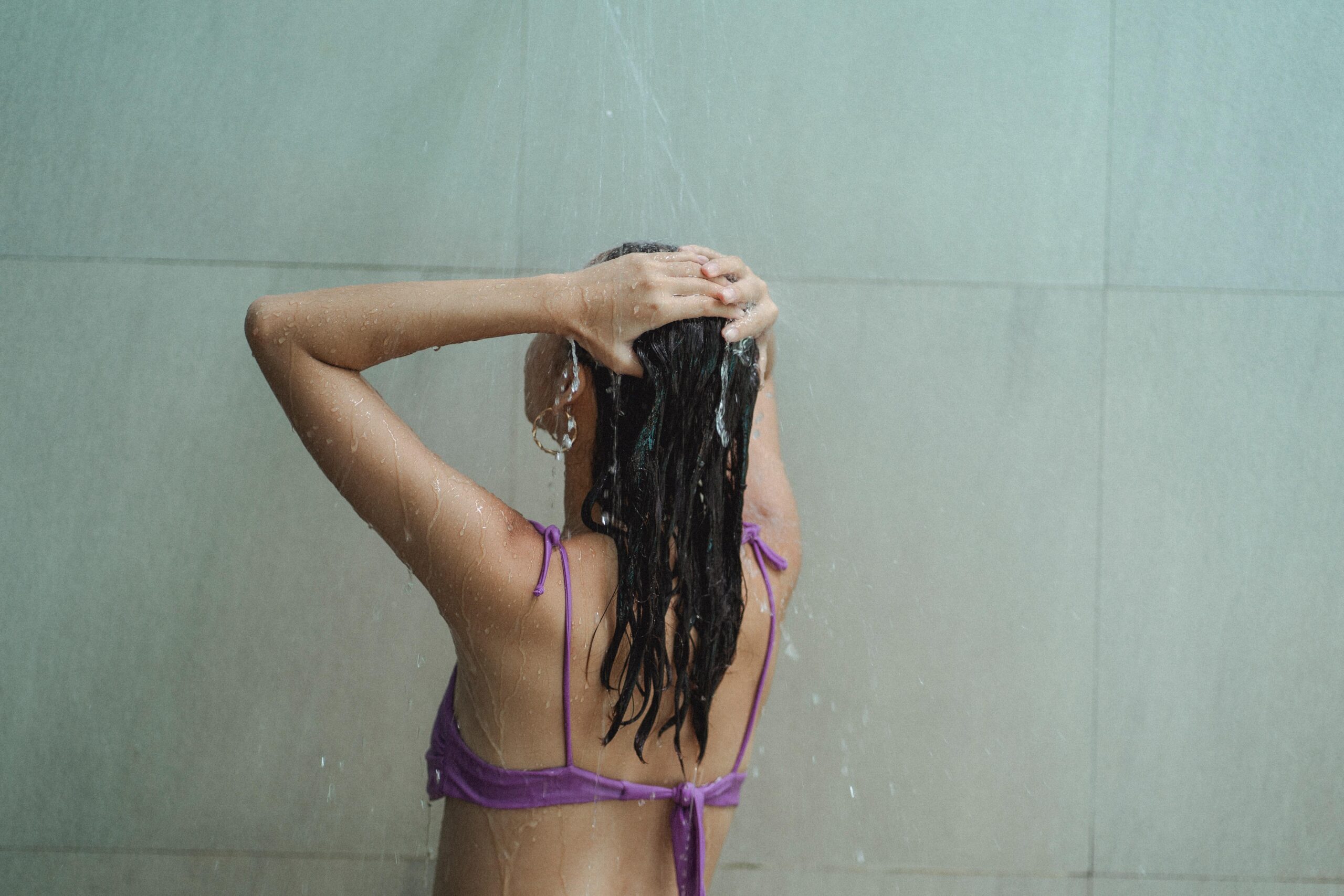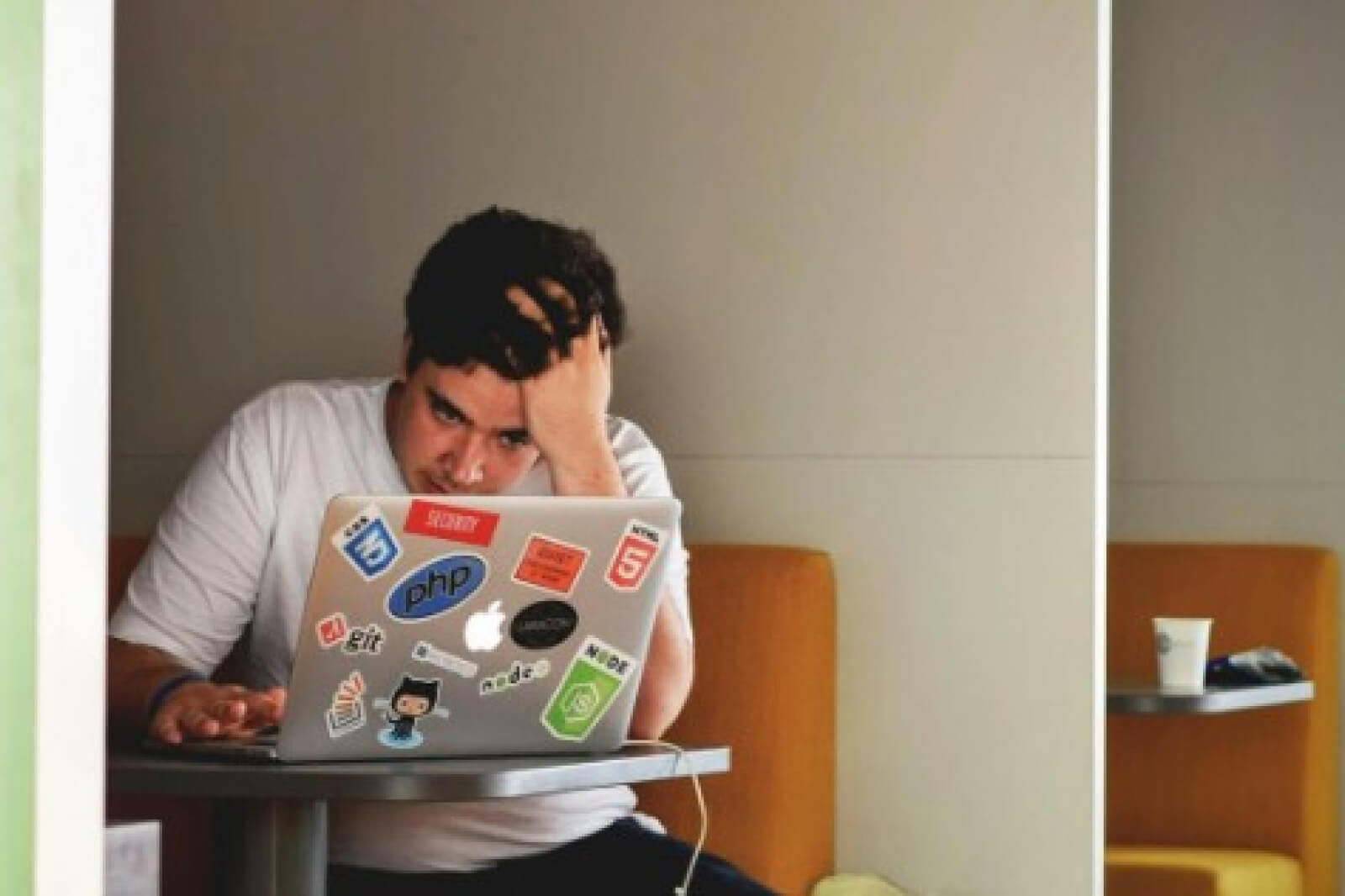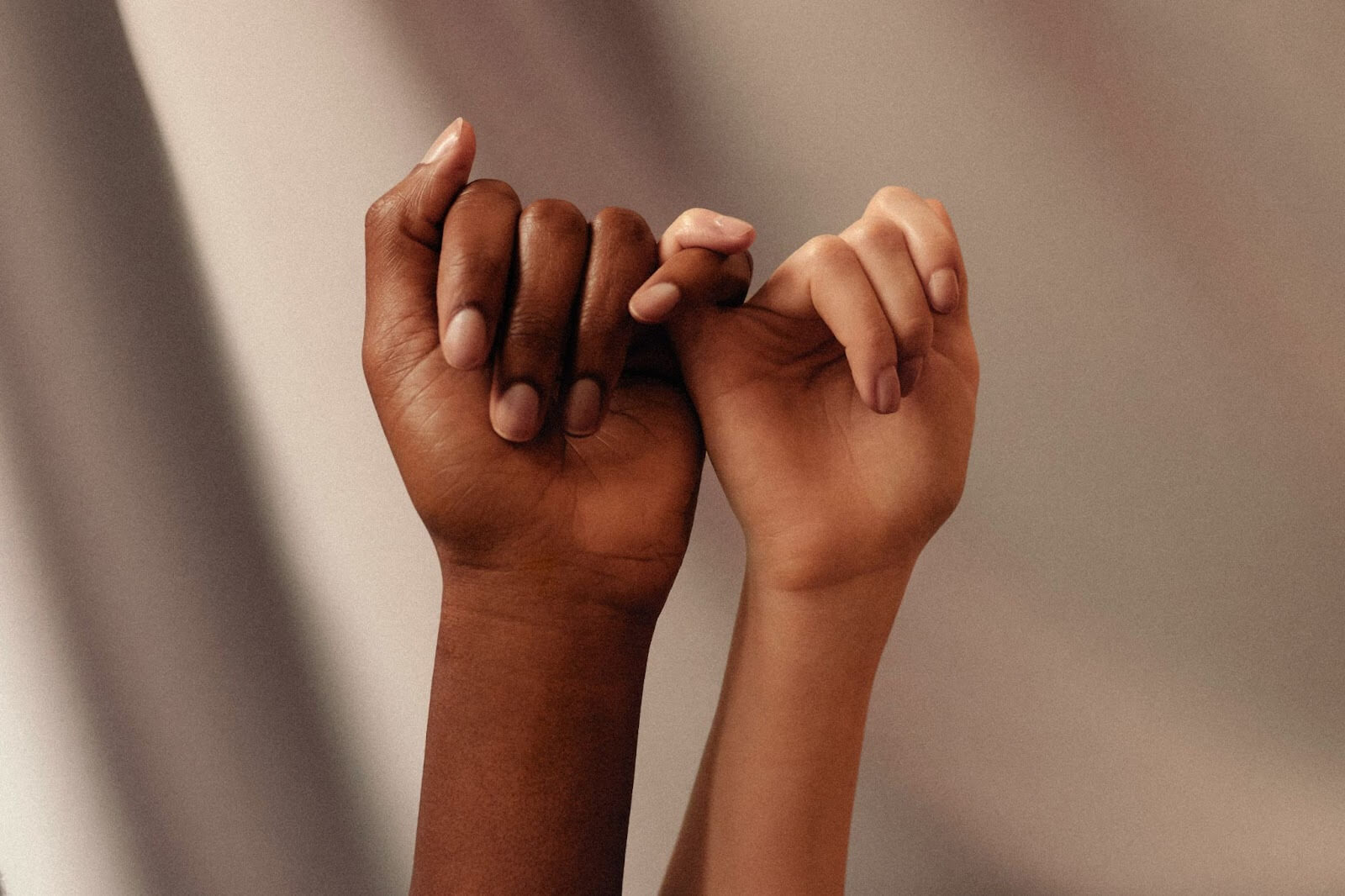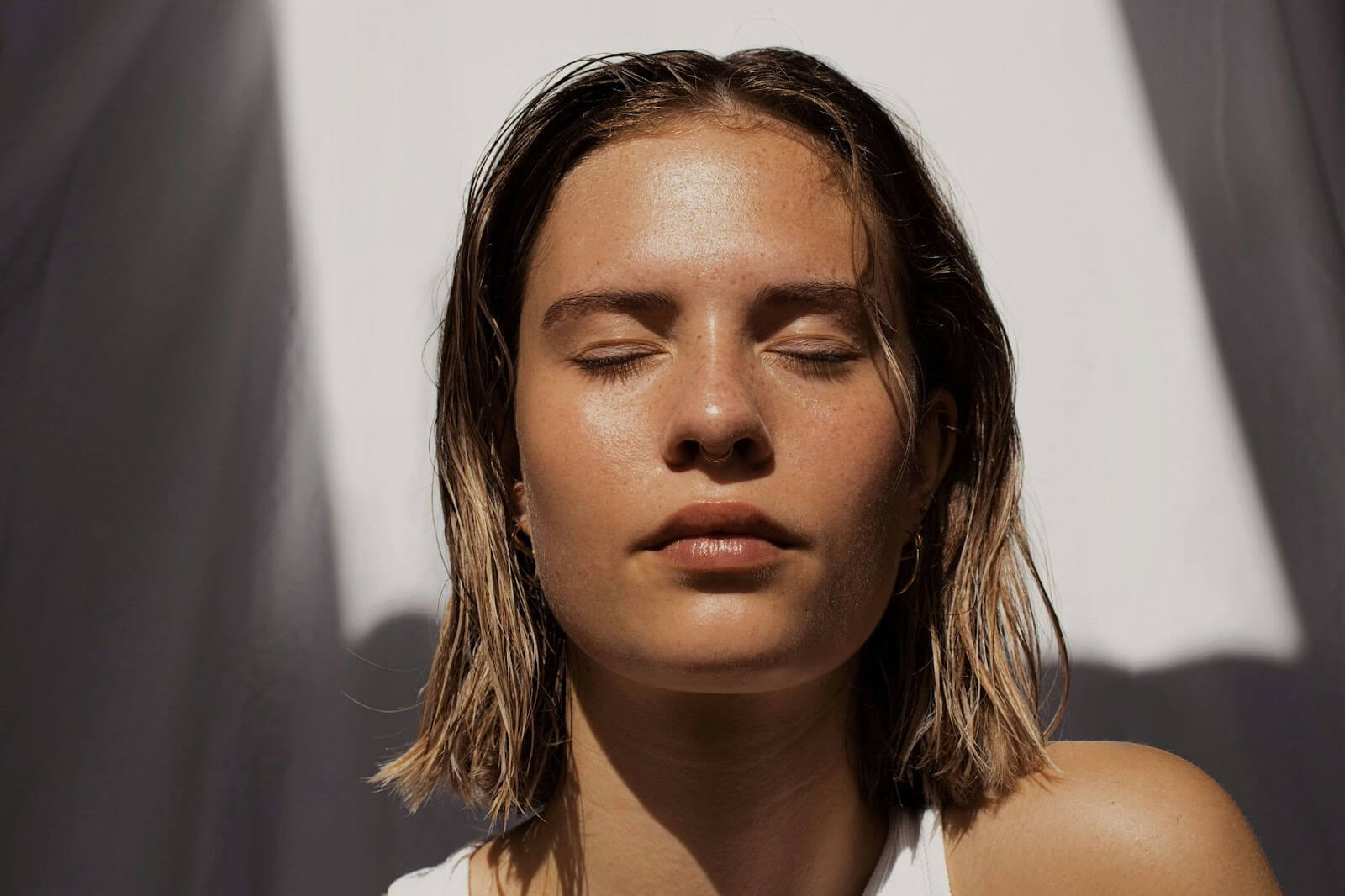Turns out, blondes don’t have more fun … anymore.
For decades, the media has upheld the trope of the Blonde Bombshell, casting her as the epitome of beauty. Think Marilyn Monroe, think Brigitte Bardot, who became symbols of the ultimate feminine ideal.
But where did this trope come from? Like many of the most pervasive figments of the American imagination, the answer is: advertising.
In the pre-war period, dying one’s hair was considered phony or vain at best, and immoral at the worst. Can you imagine if at this moment, those who colored their hair were effectively branded with a scarlet A? Seems almost impossible to fathom. Who didn’t go through a pastel pink hair phase in college?
However, only a century ago, this was the reality. And was obviously a problem for the people trying to advertise hair salons and treatments such as, yes, dyes. So, some Don Draper type sitting in an office, came up with the slogan: “Blondes have more fun.”
And suddenly the mythos of the blonde as the ultimate woman was born.
The Past: The Enduring Legacy of the Bombshell Blonde
First, she graced television and print ads. Then she got cemented in the minds of society, then by male Hollywood writers and producers in a variety of ways. Sure, some are more complex than others, but a stereotype is a stereotype is a stereotype. Although the blonde ideal may shapeshift, she was largely dictated by archaic ideas of beauty.
She’s been everywhere and everyone: the cherubic innocence of the blonde sisters in The Virgin Suicides or Sandy in Grease, the leering gaze on young women such as American Beauty and Lolita, a Bond Girl’s mysterious seduction or Scarface’s Elvira, and the damsel in distress of American folklore like King Kong or, God forbid, B*rth of a N*tion.
So … it seems she has a long and problematic legacy through no fault of her own. But still, she has enjoyed the fruits of her position. However, as women gain more agency and as standards of beauty grow more expensive, people are examining where developed their long-held beliefs about beauty and belonging.
Think: Gone Girl. Think: Promising Young Women. As Gen Z takes the reins, this critique has moved beyond the millennial genre of women’s revenge, to more ironic — yet biting — criticisms.
Gen Zers, who missed the era of the bleached blonde, girlboss-bob, are now coming for … blondes. Not natural blondes necessarily, but blonde as part of the constructed-self that’s often torn apart by a generation which shuns trying-too-hard as embarrassing.
The Present: Embracing the Natural
Many TikTokers have been posing the all important question: “is blonde hair cheugy?”
It seems celebrities known for their Californian “popular girl” vibe, like Gigi Hadid and Hailey Bieber have been spotted letting their late-2010s blonde, cool-girl-cut grow out — while also letting go of their dyes.
Part of this trend might be a pandemic symptom. Celebrities who were used to near constant professional hair and makeup crews no longer had access to those high maintenance rituals. So, we got to watch them embrace more natural looks over social media. As restrictions were lifted, many kept these relaxed styles around.
For the rest of us — even without glam teams on call — lockdown altered our beauty routines. Salons were closed and touch-up appointments cancelled, so we too transitioned into more natural styles.
As we embraced grooming routines with less hassle, watching celebrities do the same was kind of affirming. And — for Gen Z — eye opening. With the world ending, the pandemic, racism, and activism to be done, Gen Z is less interested in seeming “put together.” It’s a generation of photo dumps and no filters, a focus on casual coolness, and being laid back.
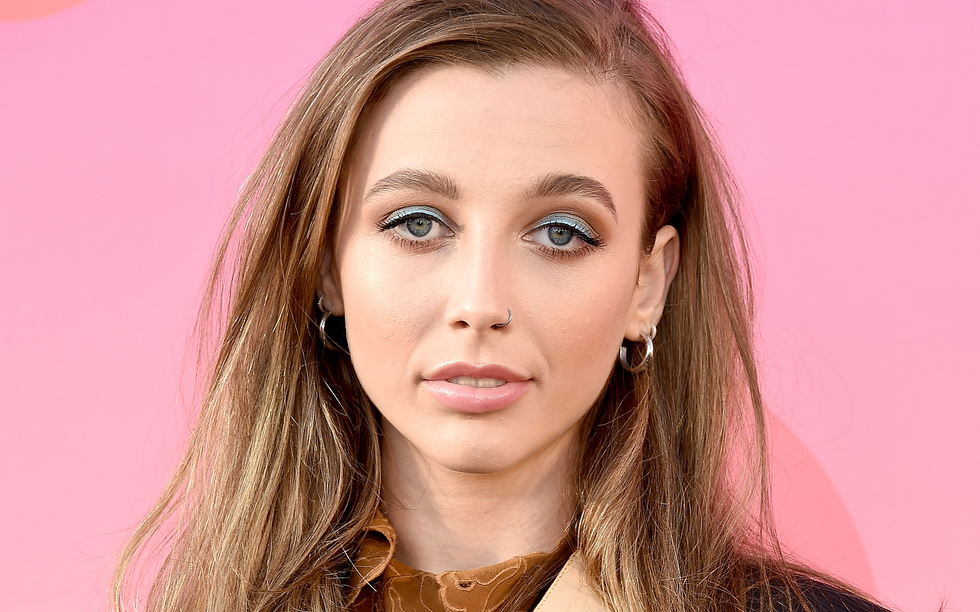
The pandemic’s aftermath has led to this rise of a natural aesthetic. It mirrors the turn to the “clean” makeup movement, one aimed at appearing minimal as opposed to the previously dominant, heavily contoured face. It also harkens back to the Y2K revival, which sees Gen Z semi-ironically bringing back the trends of the early 2000s, this time with more whimsy.
The Future: Why Cuvee Beauty
Whether you allowed your dye to grow out during the pandemic, get a trim and act like you never succumbed to such cheugy temptations as … going blonde. But whether you’re letting your hair breathe or keeping up the chemical dyes, make sure you’re taking care of your strands.
Cuvee Beautyis one of the latest, Instagram-ready brands to grace the beauty scene — and it actually works. Its innovative formula uses champagne’s nutritional ingredients to make your hair shine. But despite the OTT concept, Cuvee resists gimmicks and really lands results.
Backed by science, the ceramides, resveratrol, truffle extracts, platinum extracts, and pea proteins, blend to promote scalp and hair health. Meanwhile, champagne extracts — such as grapeseed — encourage hair growth while restoring your hair’s strength and shine.
You can get Cuvee Beauty‘s life-changing effects without returning to your old expensive, high-maintenance care with Cuvee‘s Low Maintenance Locks Kit.
The Low Maintenance Locks Kitspeaks right to the heart of Gen Z culture. It’s the ideal combination of casual and cool. This styling-free set is for anyone who wants to do the least and get the most out of it.
The full-sized bottle of both Air Dry Mist and Champagne Spray, plus the Frizz-Fighting Microfiber Towel, is the essential trio for perfectly tousled, effortlessly textured hair with frizz-free, all-day hold.
Ditch the overdone look and leave that to the cheugs. Embrace this newly coveted style and let your hair be free to be who it wants, with a little help from Cuvee Beauty.
*
